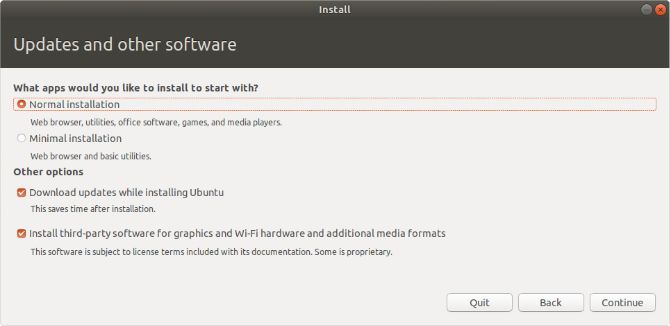

Note: I'm pretty sure you also need to install ntfs-3g (at least that's the package on arch) so you are able to read/write NTFS partitions on linux, you will also need to mount the windows paritition somewhere on your system so os-prober can detect it. If your laptop does allow booting from an SD card you can install os-prober and then uncomment GRUB_DISABLE_OS_PROBER=false from your /etc/default/grub so when you run grub-mkconfig -o /boot/grub/grub.cfg it should detect both Windows and Linux.

The big question is how would be the best way to accomplish this, i would think the best way would be to just have a separate boot-loader on the SD card and avoid tinkering with the default ones, but that might not be possible, it might be that that the built-in grub boot-loader might have to be used and directed to the SD card, which would also work but it would take some tinkering about a bit to figure out how to do that. You’ll have to install it again.True, But couldn't you do the same with an USB slot if it wouldn't work with SD, though i do hear that some laptops do allow booting from SD, which would better better than using one of the USB slots, and since i wouldn't be using an SD slot much for anything else anyway. Some macOS and Ubuntu updates will delete rEFInd. csrutil enableįor more information see How to Install and Dual-Boot Linux and macOS. Install it./refind-installīoot into recovery mode again and enable SIP. To install rEFInd, you have to disable SIP.īoot into recovery mode (restart and hold command+R), open Terminal and execute this to disable SIP. The trick is that recent Macs have SIP (System Integrity Protection). rEFIndīootloader that was recommended at several places was rEFInd. See How to install Ubuntu on MacBook using USB Stick. I prefer not to install tools that I will use only once, especially when there’s a built-in command-line tool already in macOS that will do that.

The only thing that I didn’t like was that they recommend installing at tool (Etcher) to create a bootable USB stick. Official Ubuntu Create a bootable USB stick on macOS instructions were good. I was installing Ubuntu on a MacBook Air with (with no DVD drive) so the only option was booting from a USB stick. I have some experience with it, and as far as I know, it’s the most user friendly Linux. To make things as easy as possible for me, I’ve decided to dual boot Ubuntu. The problem is that Macs have a different way of loading the operating system, so a special bootloader is required.

When installing a Linux on a non-Mac, bootloader is installed by default and it works just fine. The missing piece of the puzzle was a tool called bootloader. What I never got right is how to dual boot Linux and macOS. I’ve even installed it on a few Mac machines. The dual boot machine is a 11-inch MacBook Air (early 2014), 1,4 GHz Dual-Core Intel Core i5.


 0 kommentar(er)
0 kommentar(er)
